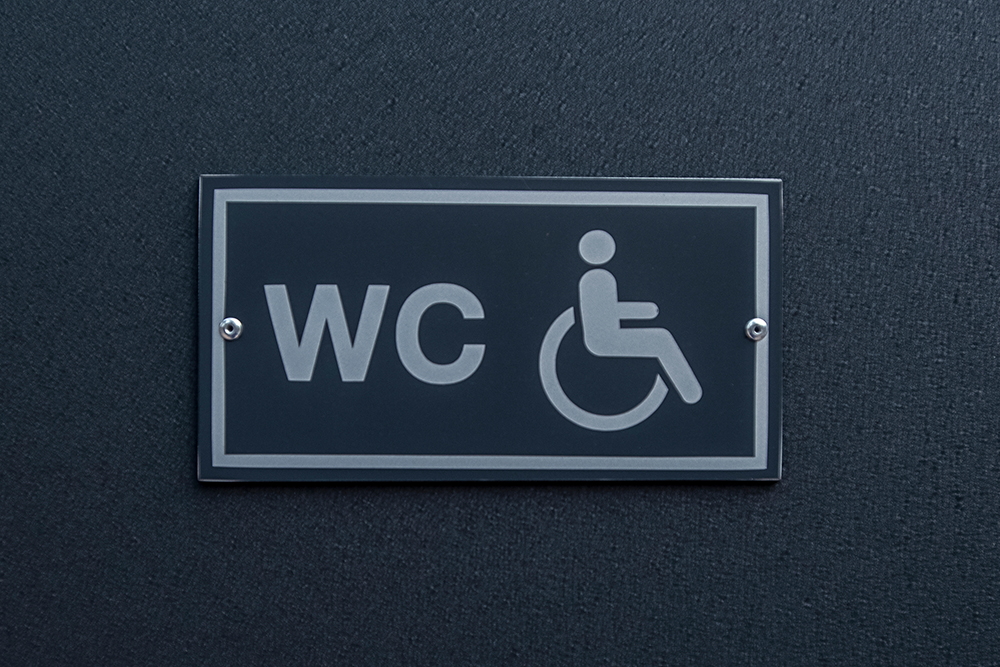22 April 2025
Certain premises and events will soon need to abide by new legislation to mitigate the risk of terrorist attacks.
This month, the Terrorism (Protection of Premises) Act 2025 – also known as Martyn’s Law, in memory of Manchester Arena attack victim Martyn Hett – received Royal Assent, signalling the last step before becoming UK law.
The Law will require certain UK premises and events to consider how they’d respond to terrorist attacks, and reduce vulnerability to such attacks.
As a result, qualifying premises and events should be “better prepared, protected, and ready to respond in the event of a terrorist attack”.
The requirements involved to comply with the Law will be tiered, dependent on the number of individuals expected to be present at the event or premises.
Not only does Martyn’s Law legislate for the implementation of these safety plans and measures, it also provides a means to receive support, advice and guidance on the legislative requirements. This will be provided by a new function within the Security Industry Authority (SIA). This function will also support enforcement.
The legislation will apply across England, Scotland, Wales and Northern Ireland.
How is this different from in the past?
While responsible premises and event venues will already be taking steps to prepare and protect against terrorist attacks, the approach has not previously been standardised or required by specific legislation – resulting in an inconsistent approach to security and preparedness in this area.
The implementation of Martyn’s Law will address this. It also provides a source of guidance, advice and support via the SIA’s new regulatory function.
Who will be affected?
The legislation will be applicable to all UK premises and events where it’s expected that, at least occasionally, at least 200 individuals are expected be in attendance at the same time.
Just for example, this may include (but isn’t limited to) spaces such as arenas, stadiums, theatres, and other entertainment spaces; visitor attractions; retail and shopping venues; places of worship; health spas, gyms and other health centres; hotels; public buildings and offices; schools, colleges and universities; and many more buildings, premises and spaces.
As mentioned above, the requirements involved to comply with the Law will be tiered, dependent on the number of individuals expected to be present at the event or premises.
What’s next?
The UK Government says that guidance will be published “in due course” to help those falling within the scope of the Act to understand the legislation’s requirements.
At the time of writing, the Government intends for there to be an implementation period of at least 24 months before the Act comes into force. This will:
- enable those responsible for premises and events in scope to get up to speed with the new requirements, and to plan and prepare appropriately
- allow the SIA’s new regulatory function to be established
Find out more
To find out more, please refer to the factsheets and legislation documentation at GOV.UK.
Author: Alerter Group
Alerter Group is a leading provider of emergency communication systems designed to support the safe evacuation of people from public buildings – helping organisations meet the requirements of the Terrorism (Protection of Premises) Act 2025) (Martyn’s Law) and many other legislative requirements.
The company has nearly 25 years’ experience providing technology that helps protect people in the event of emergencies, by providing timely notification alerts or enabling two-way communication with vulnerable people.
Alerter Group currently provides these lifesaving systems to hundreds of public sector and corporate organisations across the UK.
- Deaf Alerter: A radio-based fire alarm and public address system for Deaf and hard-of hearing people
- Refuge Alerter: A radio-based Emergency Voice Communication system (disabled refuge system)
- Site Alerter: A radio-based emergency evacuation alert system for hazardous sites.





